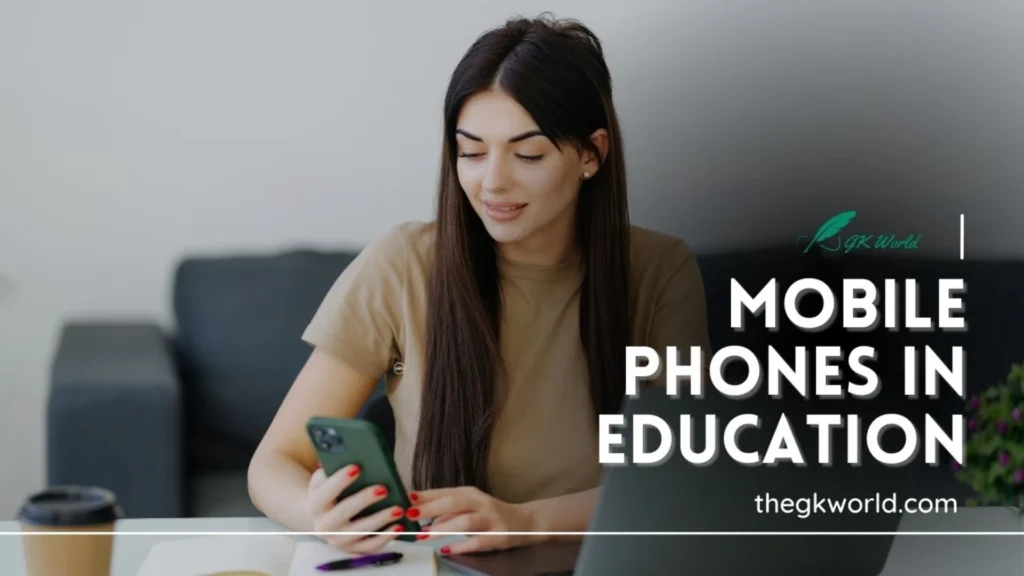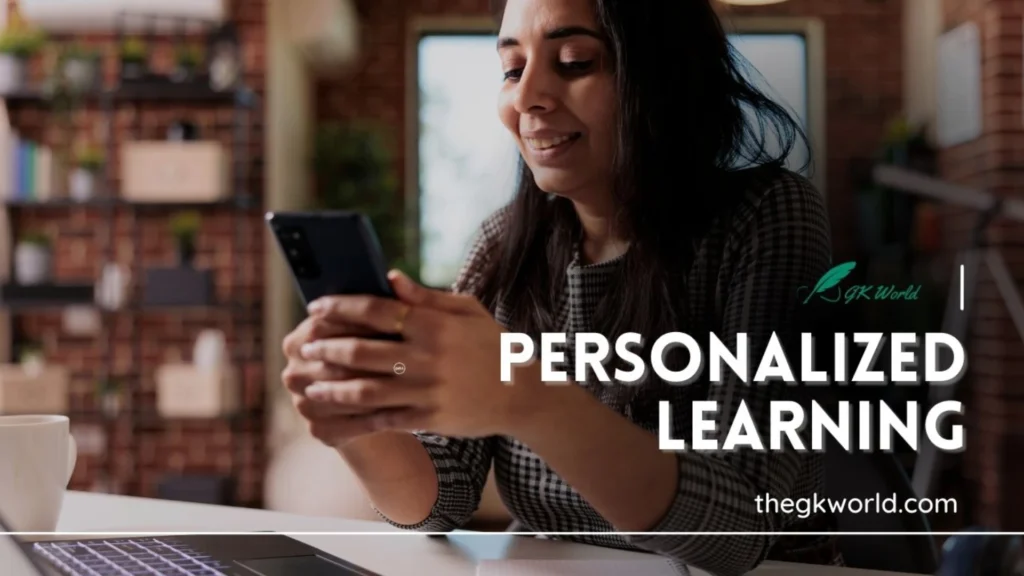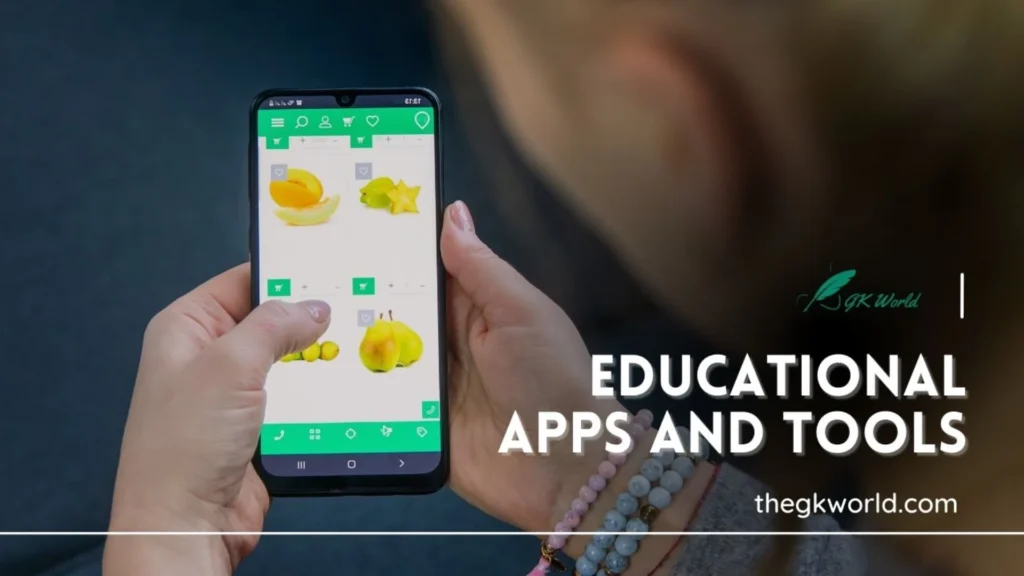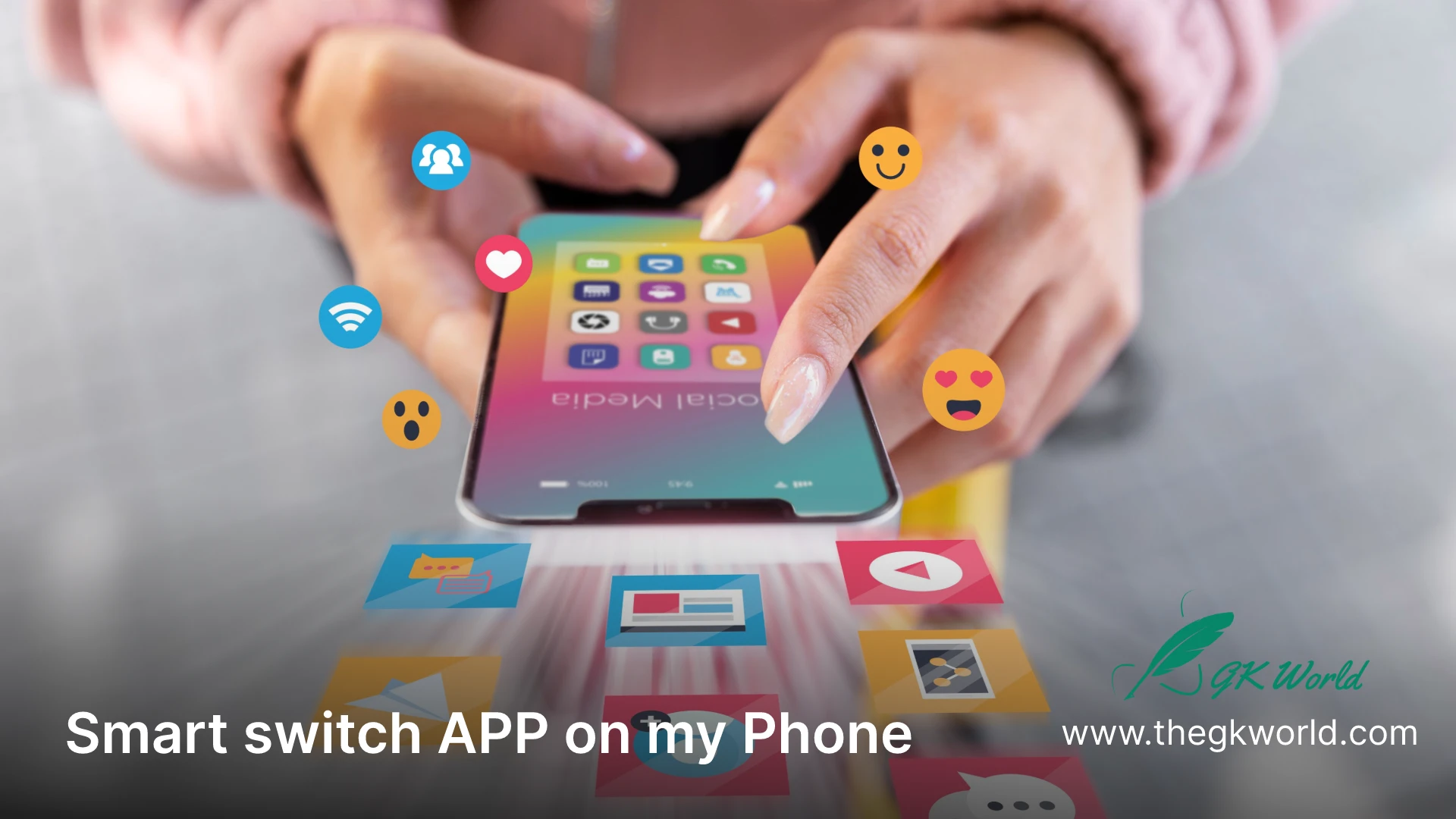
Traditional getting-to-know environments have extensively converted in the past few years due to the growing use of mobile phones in education. Smartphones have evolved from merely communique tools to effective studying, accessibility, and engagement equipment to improve the schooling generation.
While mobile phones in lecture rooms offer many blessings, there are also demanding situations that educators and policymakers ought to deal with. This article explores the capability of mobile learning knowledge and educational apps to shape the destiny of training while analyzing the benefits and challenges of using mobile phones within the classroom.
E-Learning System
Student access to records, teacher-scholar communique, and peer collaboration have all been transformed through the good-sized use of mobile devices in education. With the upward push of mobile learning knowledge and e-learning tools, students can now study at any time and from any place, beyond traditional school rooms. Smartphones for students offer an extra customized way to get to know and enjoy things that cater to varied learning styles and paces.
The use of smartphones in colleges is becoming commonplace as educational institutions use classroom technology to enhance traditional coaching techniques. Schools now use mobile phones as study tools, access points for educational apps, and to reinforce engagement. However, debates about their capability poor influences, distraction, and academic dishonesty have also emerged. To completely apprehend how mobile devices affect schooling, it’s important to explore their benefits and challenges.
Looking for top-tier gaming performance? Check out our guide on the Best Smartphone for Gaming in 2024 to elevate your mobile gaming experience.
Benefits of Mobile Phones in Education

Accessibility and Flexibility:
A main gain of the usage of mobile phones in education is the power they offer. Students can get admission to educational materials and apps from anywhere, allowing them to study at their very own pace. Additionally, mobile learning lets in immediately get entry to sizeable information repositories, which include study papers, multimedia content material, and e-books.
Enhanced Collaboration and Communication
Mobile phones facilitate easy communication between students, teachers, and parents, selling an extra collaborative studying environment. Tools like messaging structures, discussion forums, and video conferencing inspire peer-to-peer mastering and teamwork.
Personalized Learning

Smartphones for students offer fairly customizable educational apps to meet personal learning needs. These apps check performance, offer feedback, and advocate study plans, handing over a tailor-made studying revel.
Integration of Classroom Technology
Using mobile phones in lecture room sports encourages interactive getting-to-know. Teachers can rent schooling-era tools like quizzes, polls, and gamified training to enhance student engagement. These gear permit educators to evaluate student comprehension in real time and make changes as needed.
Challenges of Using Mobile Phones in Education
Distraction
The possibility of distraction is a commonplace situation with smartphones in school. Students can be tempted to engage in non-academic sports, together with social networking or gaming, which can lessen productivity and focus.
Digital Divide
The unequal distribution of smartphone benefits can widen the virtual divide, especially in underprivileged groups in which college students might also lack get entry to cell devices or reliable internet. Ensuring equitable admission to mobile learning is essential to fending off further disparities in instructional opportunities.
Cybersecurity and Privacy Concerns
The use of mobile phones in education raises vital issues concerning information privacy and cybersecurity. Schools should make certain pupil statistics are stored securely and that educational apps comply with information safety legal guidelines. Excessive cellphone use also exposes students to dangers along with cyberbullying or beside the point content material.
Academic Dishonesty
The presence of smartphones during exams can facilitate academic dishonesty. With internet access and messaging platforms, students may be tempted to cheat. Schools need to implement clear policies and monitoring systems to address this issue.
Educational Apps and Tools for Mobile Learning

The rise of educational apps and e-learning tools has strengthened the position of mobile phones in education. These apps cover a huge range of subjects, from language studying to math, supplying students engaging content material fabric tailor-made to their dreams. Platforms like Google Classroom and Moodle help teachers manage coursework, assignments, and checks, bridging the space between traditional and virtual mastering.
Check out our guide on the Best Smartphone Cameras 2024 to capture stunning photos on the go. Discover top picks for photography enthusiasts!
The Future of Mobile Phones in Education
As education technology continues to conform, the function of mobile devices in education is expected to amplify. Innovations inclusive of augmented reality (AR), digital fact (VR), and synthetic intelligence (AI) ought to in addition beautify the getting-to-know revel in. AR and VR, for instance, could create immersive studying environments that pass beyond textbooks, which include digital discipline journeys or 3-D model explorations.
AI-powered educational apps may want to help educators in identifying gaining knowledge of patterns and providing customized tutoring. These improvements will make studying more interactive and inclusive, making sure college students from all backgrounds have admission to the best training.
FAQs
Question: Are mobile phones useful for students in the classroom?
Answer: Yes, while used responsibly, mobile phones in education can be enormously beneficial. They offer get right of entry to educational apps, sell collaboration, and provide customized knowledge of experiences. However, their use must be carefully monitored to avoid distractions.
Question: How can educators maximize the benefits of mobile learning?
Answer: Educators can maximize the benefits by integrating classroom technology and e-learning tools into their teaching strategies. They must additionally make certain equitable get right of entry to technology and manual responsible use of mobile phones.
Conclusion
Mobile phones in education have significantly transformed the manner students learn, supplying new possibilities for both college students and educators. By leveraging smartphones and mobile learning, students can access data extra efficiently, engage in interactive studying reports, and expand crucial virtual abilities. However, the combination of mobile devices in education also comes with challenges, along with privacy issues, distraction, and inequality.
To fully harness the capability of mobile phones in education, educators, policymakers, and mothers and fathers have to collaborate to set up tips that sell responsible and powerful use. As classroom technology and e-learning tools continue to adapt, the destiny of mobile learning seems promising, presenting innovative methods to enrich education and empower students.








Leave a Comment